Affiliate links on Android Authority may earn us a commission. Learn more.
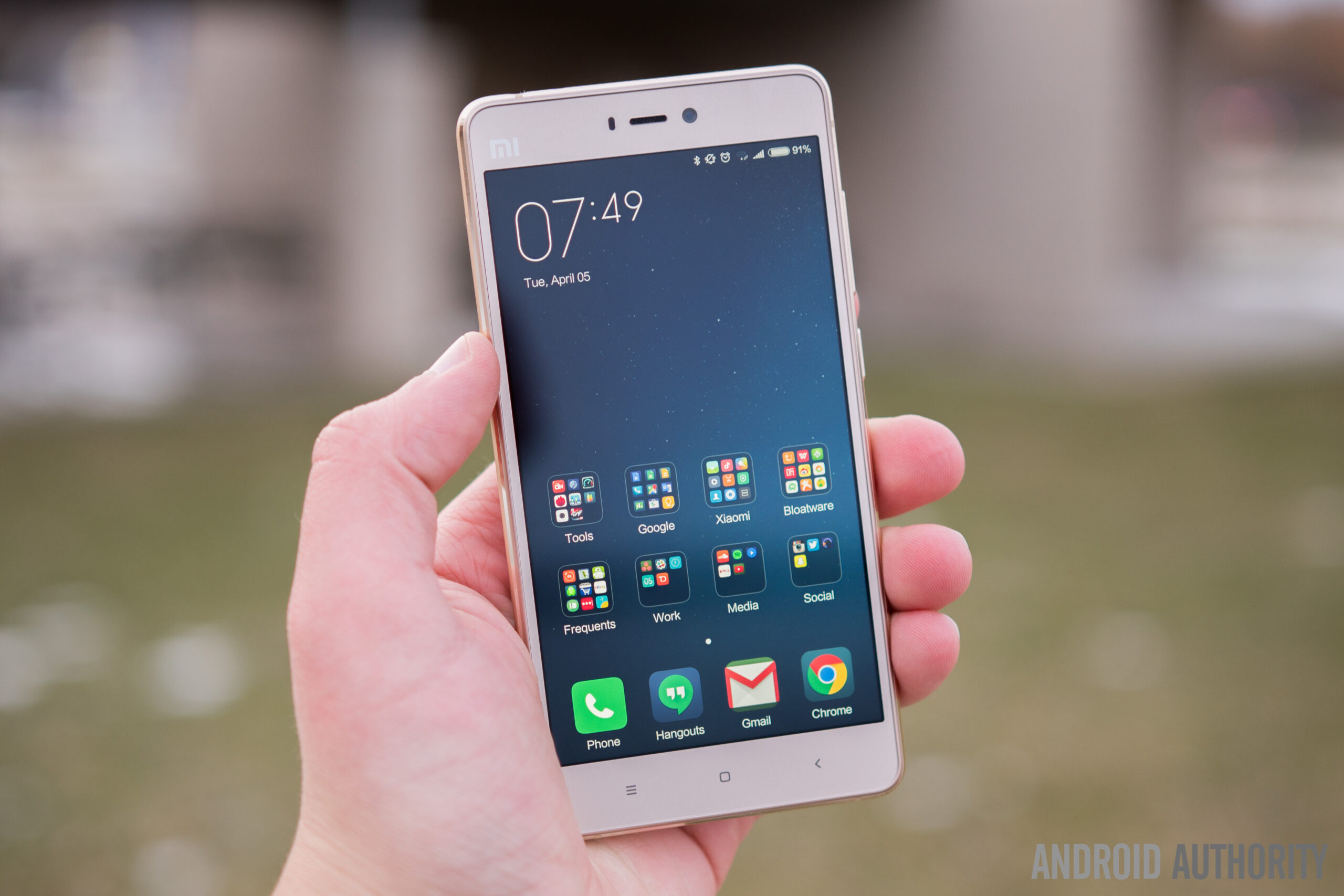
Xiaomi Mi 4S Review
Published onApril 22, 2016
Xiaomi Mi 4S
What we like
What we don't like
Our scores
Xiaomi Mi 4S
With the addition of yet another revision of the Mi 4, Xiaomi has expanded their Mi line to include what may seem to be a worthy alternative to the Mi 5, at least at first glance. The Xiaomi Mi 4S boasts several premium aspects such as a Snapdragon 808, glass design, and a plentiful 64 GB of expandable storage. Despite these attributes, Xiaomi has priced the Mi 4S competitively at just 1699 RMB, or about $263. Let’s take a much closer look with our Xiaomi Mi 4S review!
Also check out these reviews:
Design
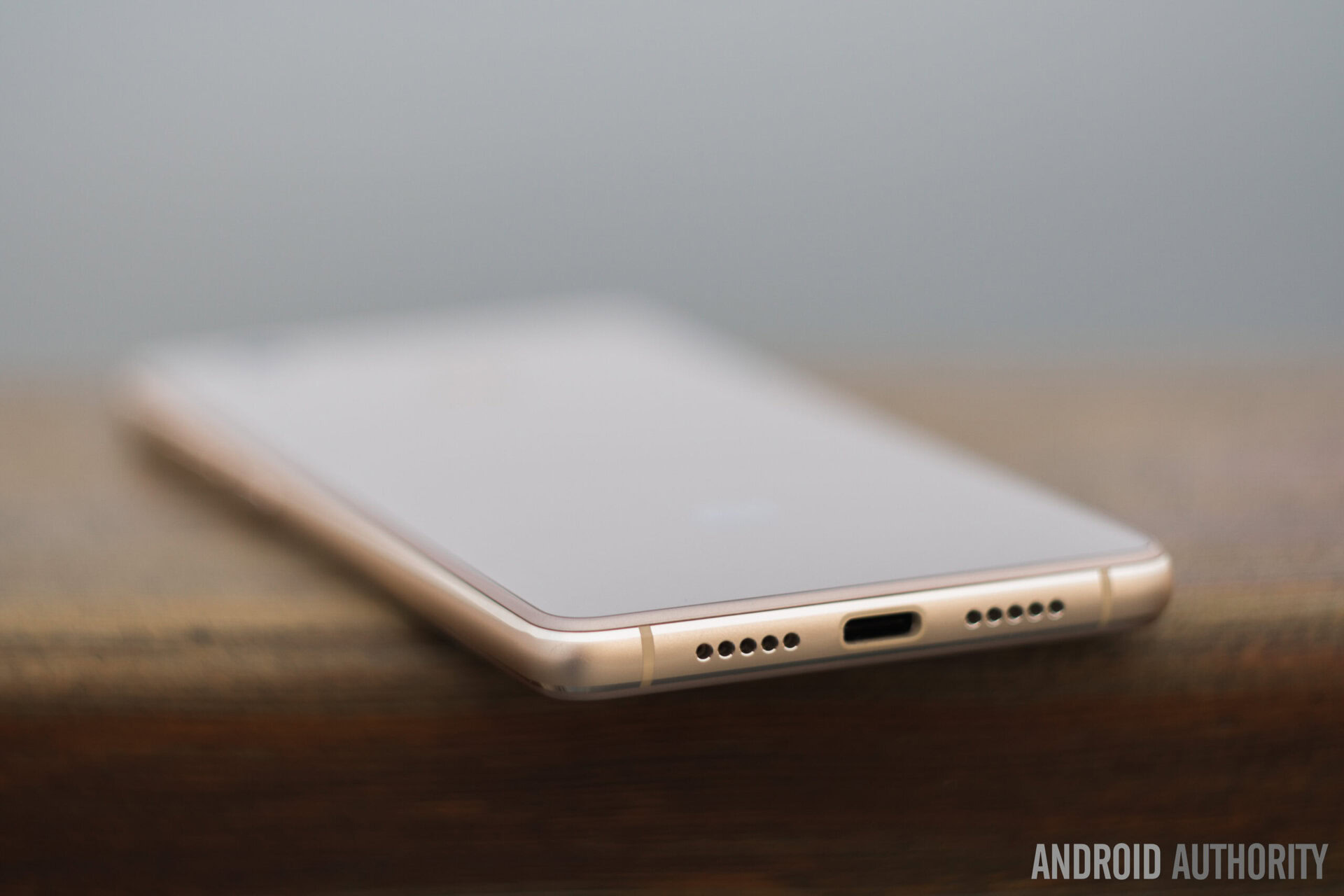
The Mi 4S feels more so like a traditional smartphone compared to the Mi 5
Xiaomi has adopted a design language similar to that of the OnePlus X for the Mi 4S. However, there are still several noteworthy design decisions. Once you hold the Xiaomi Mi 4S for the first time, you will notice that the curved glass and contouring aluminum found on the Mi 5 are absent. The Mi 4S feels more so like a traditional smartphone compared to the Mi 5, although I must say that I generally like the design for its minimalistic appeal.
A patterned rear design on the gold and pink models does add a little extra flair to the overall design, however. The power and volume buttons on the right side of the Xiaomi Mi 4S felt tactile and responsive, and I would consider them to be on par with the vast majority of flagship smartphones. I was also happy with the IR blaster on the top of the device, which made it easy to control my television and other household appliances without the use of a physical remote.
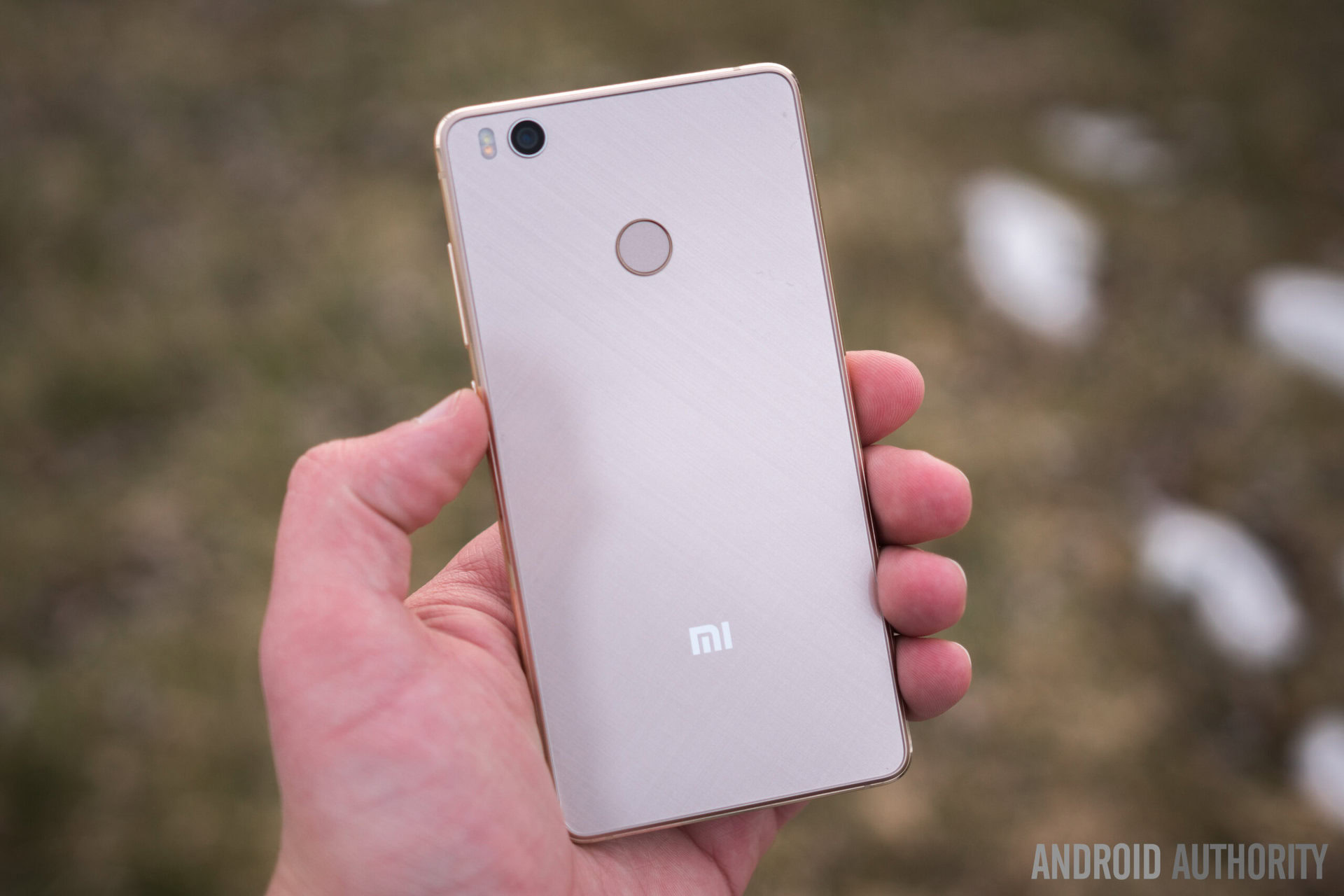
I do have a few gripes with the design of the Xiaomi Mi 4S. Most remarkably is the device’s slipperiness when placed on soft or unlevel surfaces like a couch or window sill. Unfortunately, my unit’s display cracked after taking a three foot fall from the latter to a hardwood floor.
My unit's display cracked after taking a three foot fall from a window sill to a hardwood floor
This does raise a few concerns regarding the Mi 4S’ durability, as well as a reservation about the decision to not use Corning Gorilla Glass 4 on both the front and back glass panels.
There is a multi-colored notification LED for notifications like missed calls and text messages, which, while standard for Xiaomi devices, seems to be a seriously underrated feature. Xiaomi also retained their standardized capacitive key design with the Mi 4S, making the transition from other Xiaomi smartphones less of a learning experience.
Display

Xiaomi has chartered into the territory of comfortable one-handed use, thanks to the smaller 5″ 1080P full HD display. The display on the Xiaomi Mi 4S is pretty good overall. While I did prefer the Mi 5‘s deeper blacks and more relaxed color reproduction, the display on the Mi 4S offers up plenty of saturation and vibrance, as well as very good contrast and excellent viewing angles. It was also easily viewable outdoors during my testing, which is undoubtedly a very important attribute for many of us.
Performance
The Xiaomi Mi 4S is powered by the Qualcomm Snapdragon 808, a processor which is otherwise rarely accessible for under $300. The 808 was able to power through my usage demands with relative ease, and I did not take note of any lag during my couple of weeks with the phone. There is 3 GB of RAM as well, which is oftentimes more than enough when multitasking.
There’s also an Adreno 418 GPU which helps ensure smooth gaming performance. Overall, the Xiaomi Mi 4S was able to play everything I threw at it with relative ease. However, it is important to understand that this GPU may soon begin to show its age, and newly released games may not perform as well as current titles.
Hardware
The lack of U.S. 4G LTE support may be a deal breaker for some
If you are expecting 4G LTE with the Xiaomi Mi 4S, you may be in for a surprise as the device does not generally support the frequencies used outside of China that are required to transmit data over LTE. In the U.S., for example, you will be limited to HSPA+ on AT&T in all areas and HSPA+ on T-Mobile in some areas. While T-Mobile’s HSPA+ network is respectably fast, and AT&T’s is often fairly quick in most areas as well, this may be a deal breaker for some. Do keep in mind, however, that this phone should work flawlessly wherever it is sold officially. Here is the frequency list for the Chinese variant:
FDD-LTE B1, B3, B7
TD-LTE B38, B39, B40, B41
TD-SCDMA B34, B39
WCDMA B1, B2, B5, B8
GSM B2, B3, B5, B8
CDMA 2000 BC0, BC1
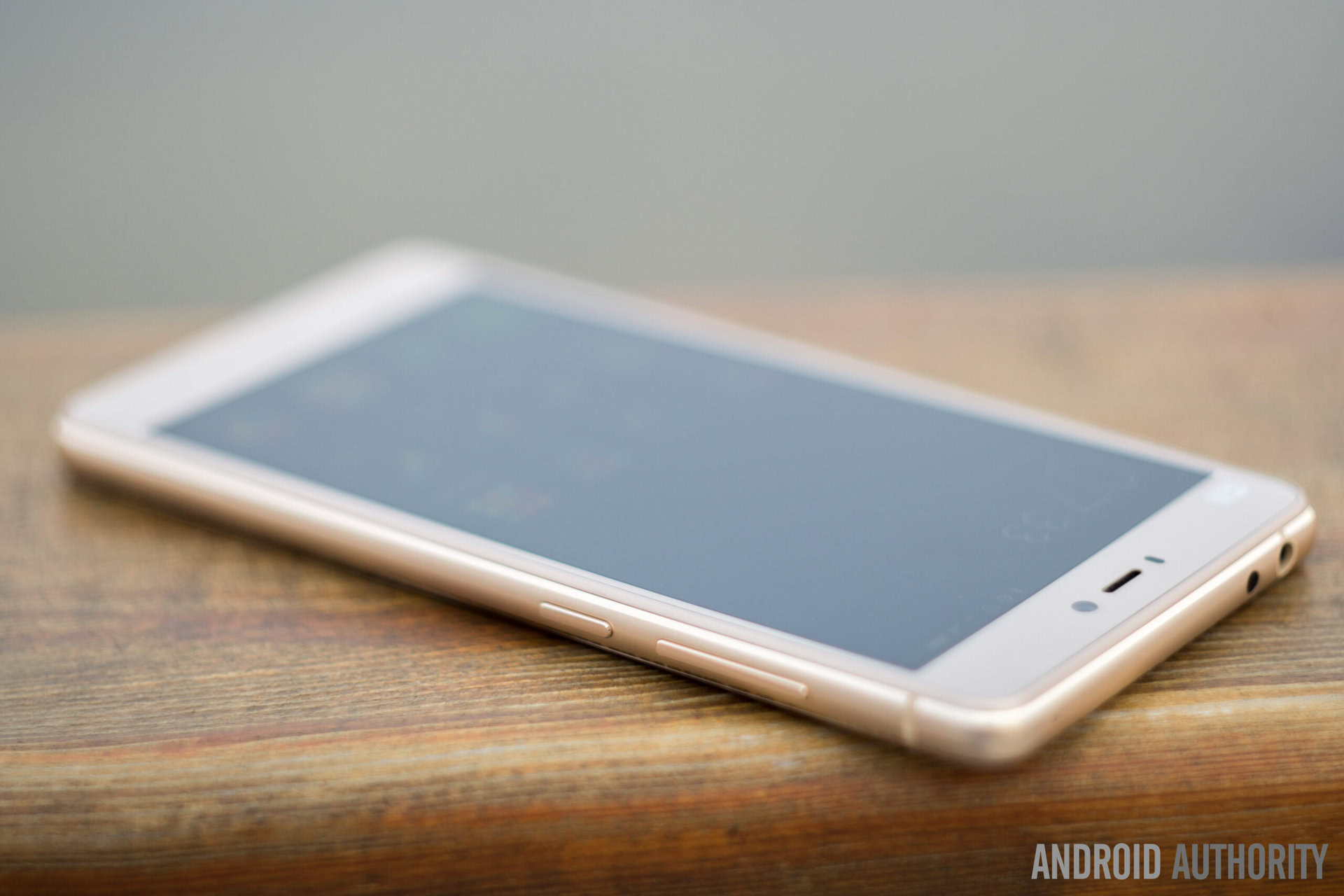
On a positive note, call quality was excellent during our testing. Since this is an unlocked dual-SIM device, you may use up to two individual SIM cards with the Mi 4S simultaneously. The nano-SIM slot can also double as a microSD card expansion slot, allowing you to add more storage, assuming that the 64 GB of internal storage isn’t enough.
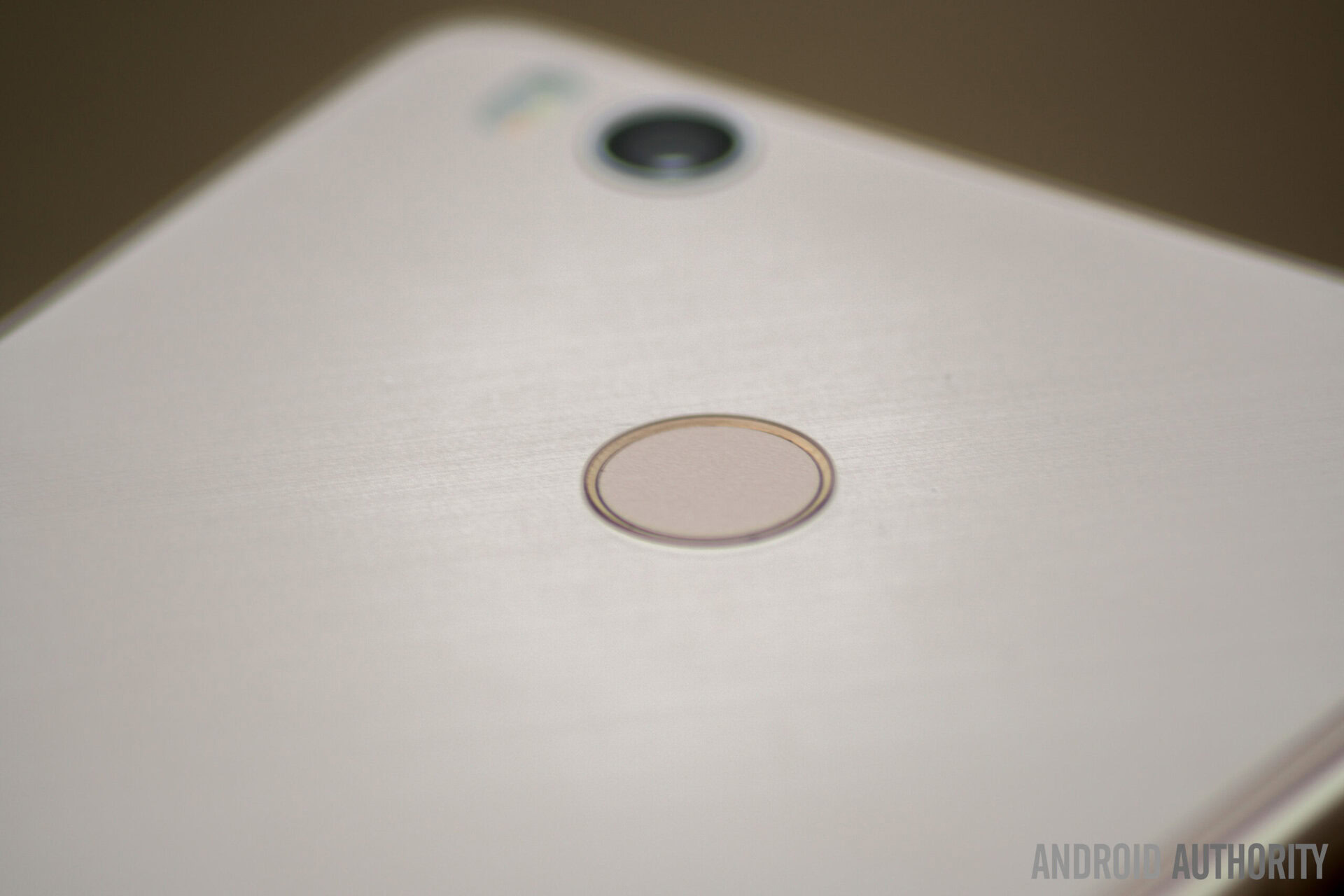
The fingerprint reader is both accurate and fast
The fingerprint reader on the back of the Xiaomi Mi 4S is perhaps unsurprisingly similar to the one found on the Redmi Note 3. It’s both accurate and fast, oftentimes even comparable to the Nexus 6P’s fingerprint reader. Xiaomi also included a USB Type-C port, as well as compatibility with Qualcomm’s Quick Charge 2.0. If you look towards the right of the USB Type-C port, you’ll find a surprisingly loud speaker. Unfortunately, it sounds distorted and tinny, especially at higher volumes.
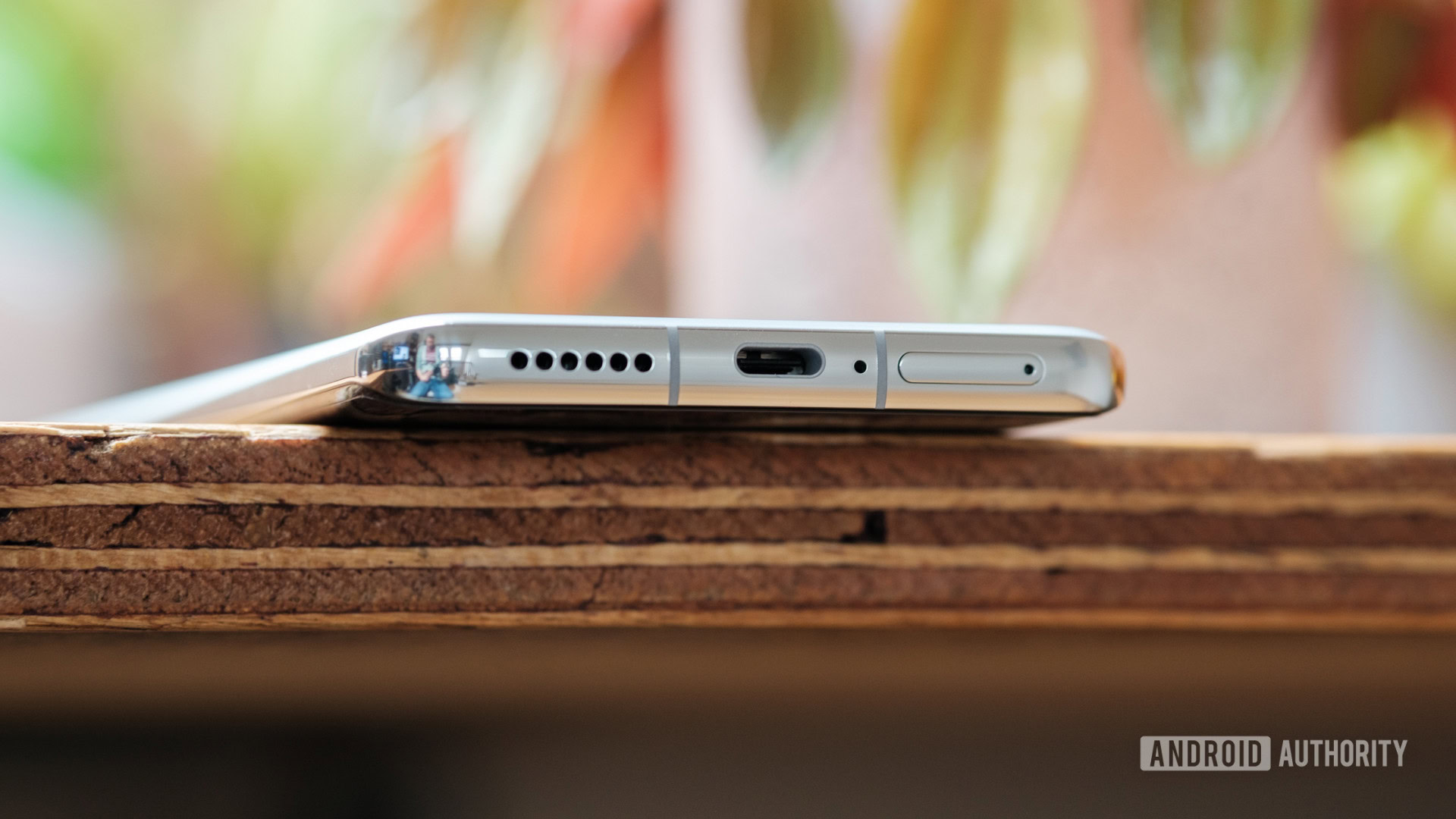
Battery Life
Average users should be able to get about a day and a half of use, while heavy users can still expect a full day
During my battery life tests, the Xiaomi Mi 4S performed very well, despite falling just short of the Mi 5‘s battery life. This surprised me as the Mi 4S has a larger 3080mAh internal battery and has a more power efficient processor. I did notice excessive battery life use by the Android System, which likely can and may be fixed with a future software update. However, battery life was still very good and average users should be able to get about a day and a half of use, while heavy users can still expect a full day.
Camera
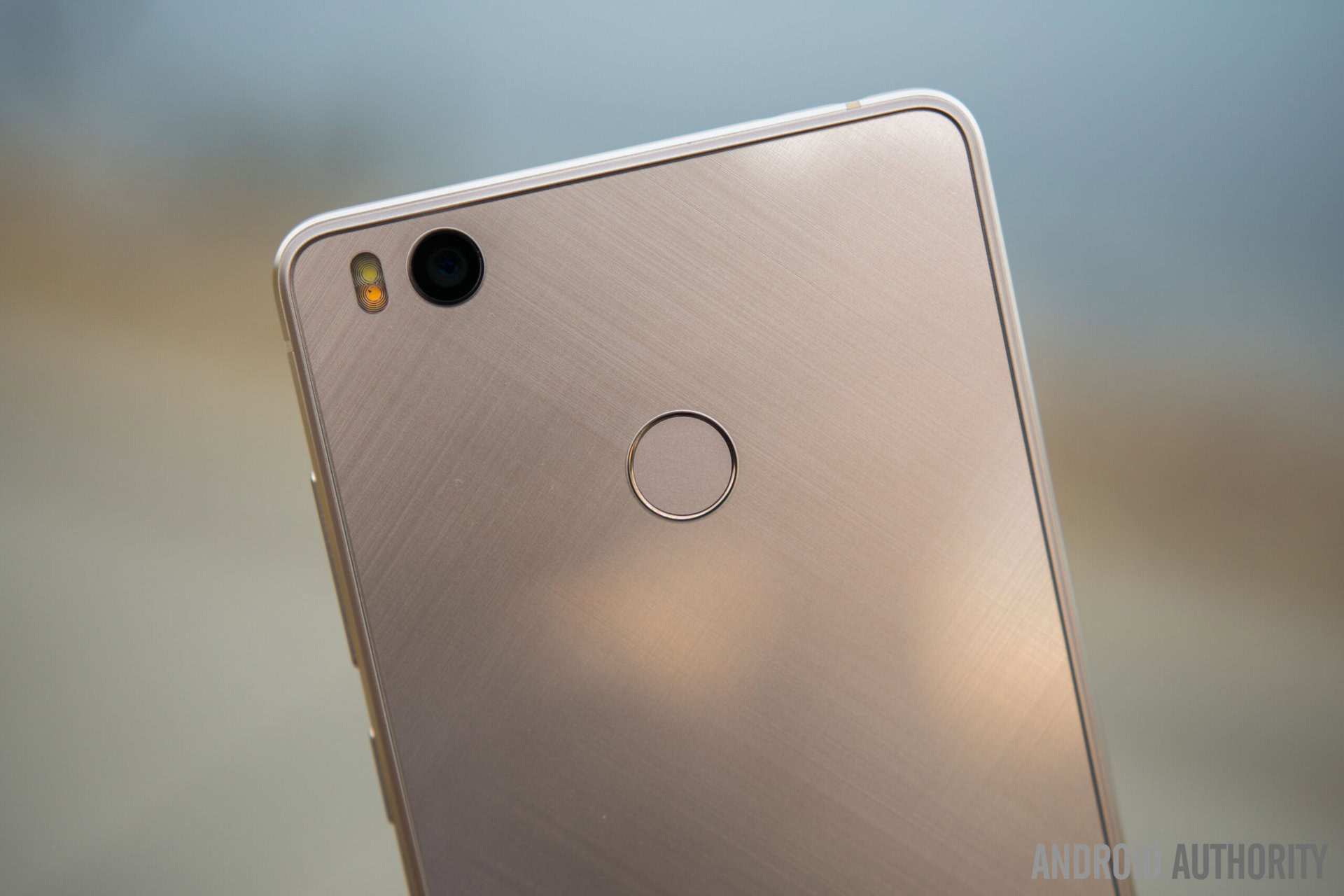
The 13 MP rear camera performed very well
All things considered, the 13 MP rear camera on the Xiaomi Mi 4S performed very well. Images taken in good lighting were sharp and detailed, in addition to having a healthy amount of dynamic range. HDR also worked well, and while the Mi 4S’ camera may be inferior to the one found on the Mi 5, the difference in image quality is often considerably marginal.
Although the dual-LED flash on the back helps even out skin tones, OIS is unfortunately missing. That may be one of the primary causes for relatively poor low-light performance, which can be seen in the various camera samples above. The 5 MP f/2.0 front-facing camera did perform well enough for my needs, and produced nice looking selfies.
Thankfully, the camera software shipping with the Mi 4S is the same software found on the Mi 5. It’s easy to use in auto mode, but can also be very powerful in manual mode, offering control over white balance, focus, exposure time, and ISO in manual mode.
Software
MIUI is very enjoyable in day-to-day use
Xiaomi is shipping the Mi 4S with MIUI 7 over Android 5.1.1 Lollipop. That was a bit disappointing to see, since the latest iteration of Android, Marshmallow, has been out for around six months now. MIUI may receive a fair bit of criticism for its iOS-like design, but it is actually very enjoyable in day-to-day use. That’s at least partly thanks to the amount of customization that Xiaomi has packed in, which will please many Android enthusiasts.
Built-in features such as a comprehensive theme store, call recording, app cleaner, advanced data usage management, call & text blacklist, advanced battery life profiles, virus scanner, app permissions, bug reporting, and a seemingly countless number of settings options can be found on the Mi 4S. What’s even better is Xiaomi’s commitment to keeping their Mi devices updated by releasing weekly stable updates, which sometimes add new features and almost always include bug fixes and optimizations.
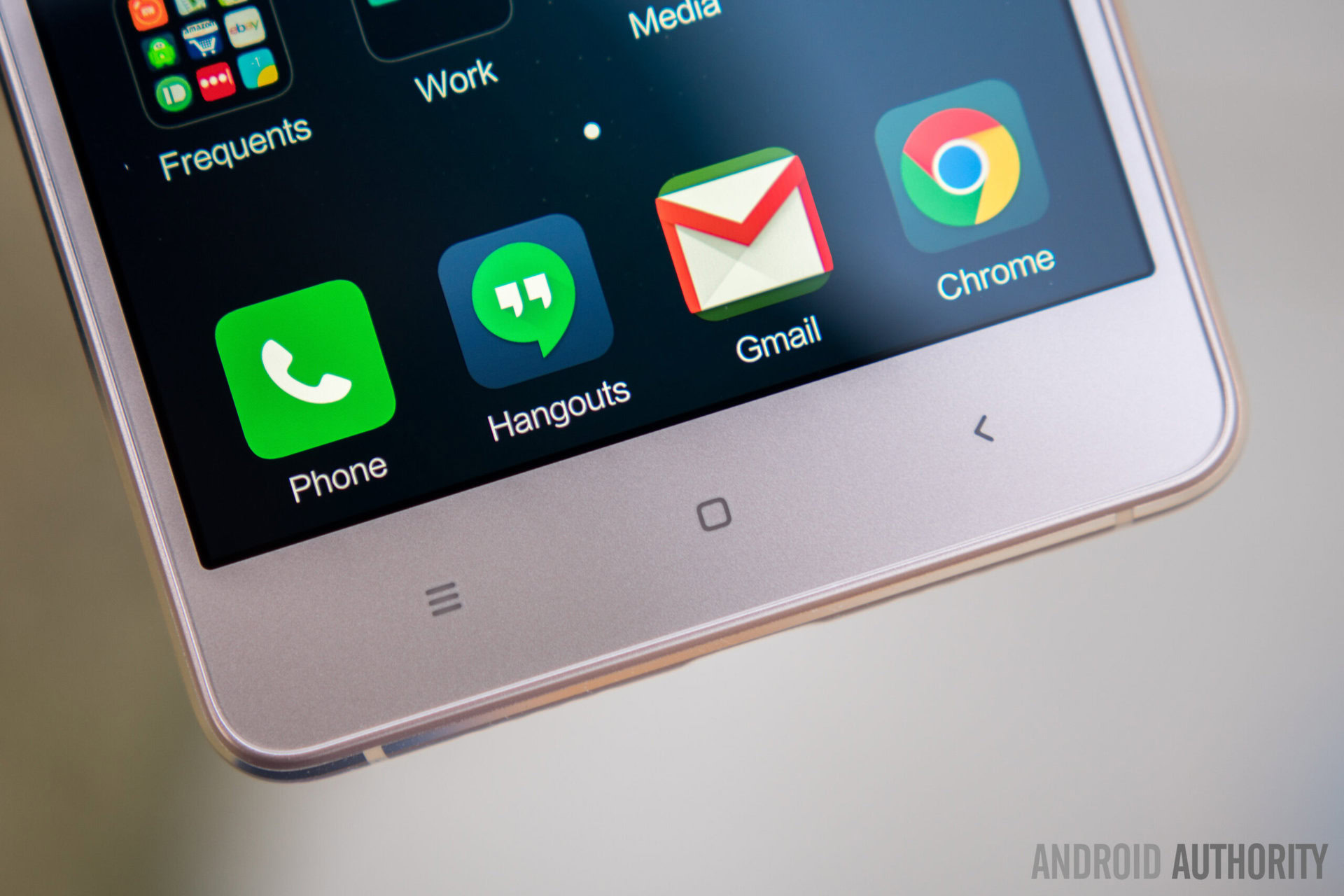
If you chose to import the Mi 4S from a reseller in China, you need to be aware of a few potential complications. Since the stock China software shipping on Chinese variants does not include Google apps, many resellers have decided to manually add them for you. This sounds great, but in practice, they often add bloatware and sometimes even malware as well. Therefore, it would be very wise for you to flash the global ROM, which includes Google apps, in order to have the best experience possible. Without flashing a stock ROM, you will not be able to receive weekly updates and your personal information may be at risk due to possible malware.
If importing, you must unlock the boot loader if you wish to have a secure experience, a process which can take up to ten days
Here is where it gets complicated. Xiaomi recently started locking boot loaders, in an effort to curb reseller shenanigans and increase security. Unfortunately, many resellers have evidently been able to get around this, and have even blocked updating in their custom ROMs, forcing you to unlock the boot loader if you wish to have a secure experience. What’s worse is that the unlocking process is very complicated. Users are forced to wait up to ten days and some features, such as Xiaomi’s “find my device,” are permanently disabled. This is only an issue if you chose to import the device, however. If you buy the Mi 4S through an official channel, you will have absolutely no trouble.
Overall, MIUI offers a stable experience that has been carefully curated and tweaked over the past few versions and while it is missing a few features found in stock Android, it will be comfortable for any MIUI enthusiast to use.
Gallery
Price
The Xiaomi Mi 4S is now available in white, black, gold, or pink within China for 1699 RMB (≈$263). Each Mi 4S includes 64 GB of onboard storage, but, as mentioned earlier, you can expand that via a microSD card.
Conclusion
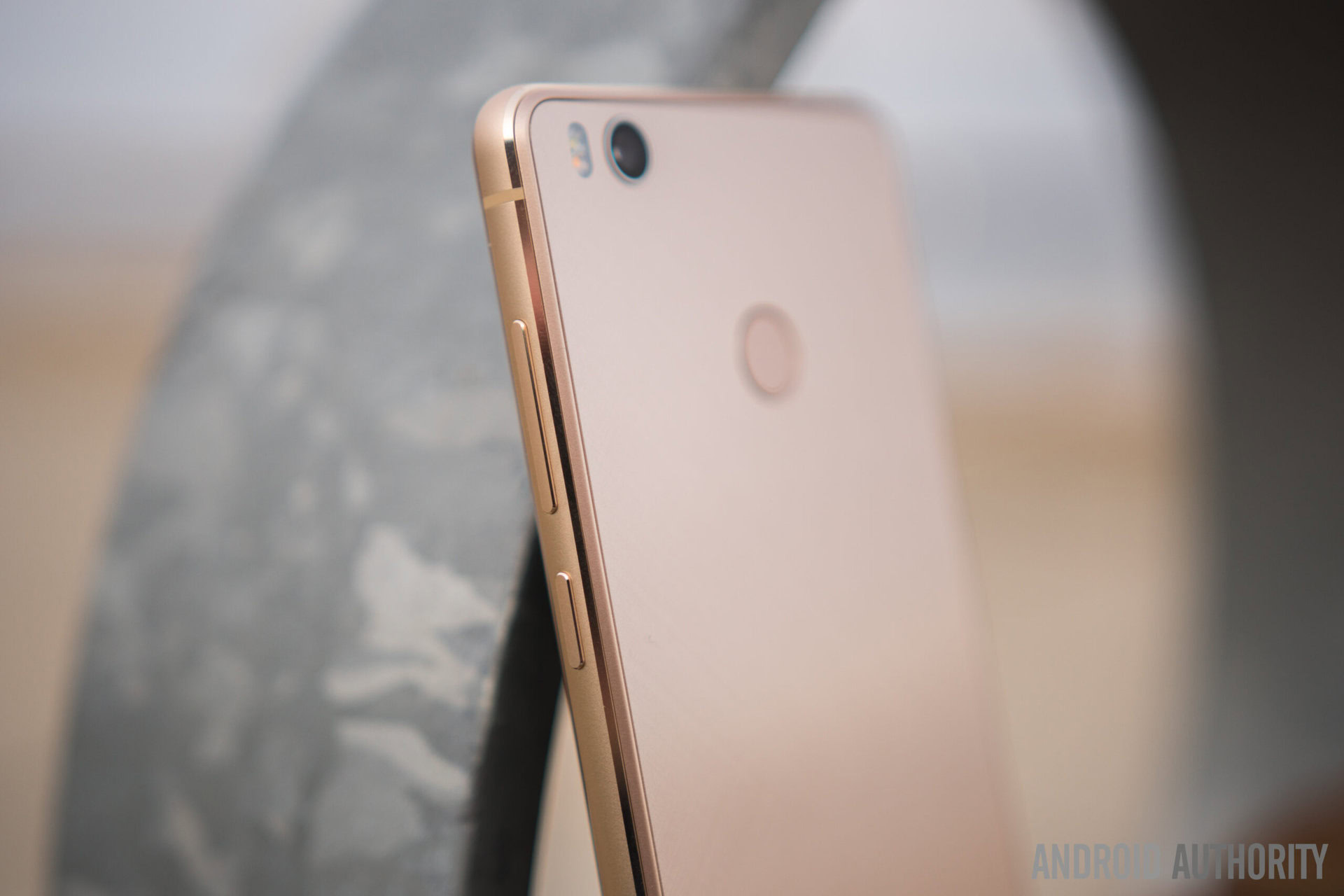
There is no doubt that the Xiaomi Mi 4S is a great smartphone, especially for the price. Despite its flaws of a lack of global availability, disappointing low-light camera performance, and an outdated version of Android, there are several reasons why the Mi 4S may be appealing. Its very nice display, impressive performance for the price, excellent battery life, and great daylight camera performance may be enough to win over many who would have instead purchased the Mi 5.
[related_videos title=”Xiaomi Reviews:” align=”left” type=”custom” videos=”686965,680816,664712,621025″]With that said, the release of the Xiaomi Mi 4S in general feels unjustified relative to other products in Xiaomi’s own lineup. In a way, the Mi 4S feels like a phone for nobody, as the Mi 5 is only $50 more and offers a considerably better experience, while the Redmi Note 3 is less than half the price yet offers a strikingly similar experience.
With nearly a dozen new smartphones in 2015, Xiaomi may even be cannibalizing its own market by releasing so many different models at similar price points, when each model is only marginally different. If you are looking for a new smartphone from Xiaomi, we recommend considering either the slightly more expensive Mi 5 or the much less expensive Redmi Note 3 instead of the Mi 4S.
What do you think of the Xiaomi Mi 4S and do you plan to buy one or is one of Xiaomi’s other handsets more your flavour? Let us know your views in the comments below!